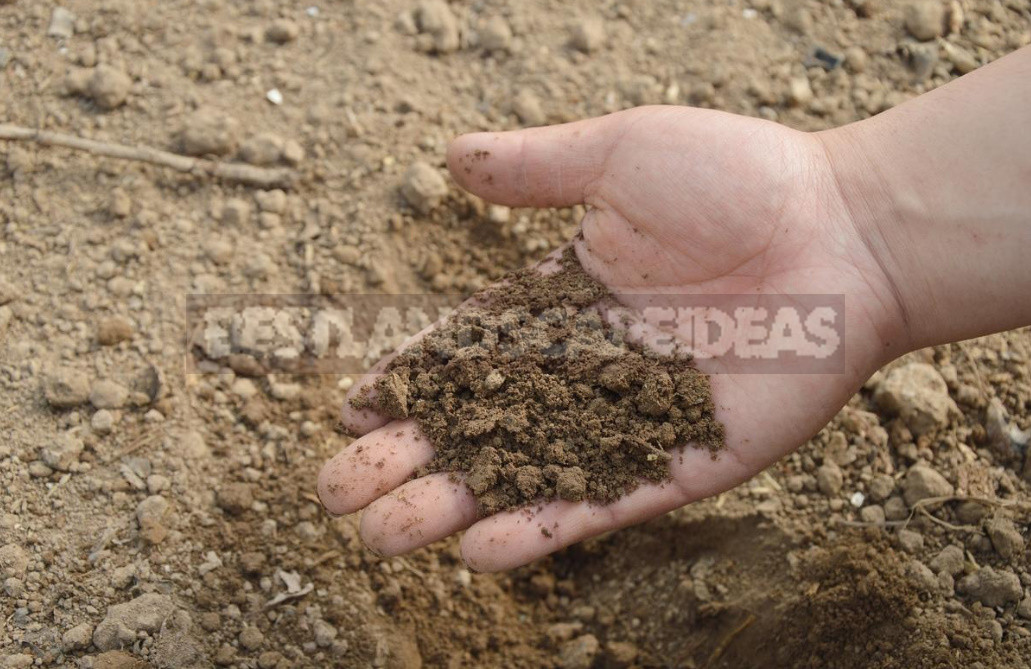
So, the dream came true, the plot for a country house purchased. Now the next step is to turn it into a Paradise. Has anyone ever told you that making heaven is a hell of a job? If not, they will. But don’t be afraid. There are many ways to avoid unnecessary suffering. And you should start with the answer to the land question-with the analysis of the soil. It is in it that your future successes or, conversely, problems are buried.
Getting acquainted with the soil of your site
What are the main properties of the soil, essential for the gardener:
- friability,
- moisture capacity,
- breathability,
- heat capacity.
However, these characteristics are important primarily not for the owner of the site, and for microorganisms that are ahead of you in the development of your piece of land. Microorganisms extract water from the soil with dissolved minerals in it, change its chemical composition.
In General, on your site there are many events that none of us think about: organic and inorganic products of microorganisms fall into the soil, which create conditions for the life of higher plants. With their help (photosynthesis), the components of the air environment, primarily carbon dioxide (carbon dioxide), are involved in the chain of events.

Underground, too, life boils: plants loosen its roots; dying, they contribute to the system a significant amount of new organic compounds. Mushrooms, insects, worms, bacteria join the celebration of life, which in turn eat something and secrete something. As a result of all these events, there is a cycle of substances, to which you will now join with your gardening activities.
Digging a hole
Start it with this: dig a hole about half a meter deep. What for? To find out how your soil meets the requirements of Paradise. Try to keep the wall of the pit was strictly vertical. And then you will see something like a cut cake, consisting of cakes of different colors.

The upper horizon is always the darkest, it is called humus. It is a place of accumulation of organic compounds United by the term “humus”. The blacker and thicker this layer, the more fertile the soil. The second layer is also rich in humus, but it is actively decomposing substances, and it is always lighter. The two upper horizons together are often called the arable layer. It is here that the main part of microorganisms lives, and the more of them, the better.
Description of the lower layers need only specialists, and for the gardener it is important to know this:
- brown color (the best option!) reports the presence of iron oxides,
- whitish signals an excess of carbonates,
- blue or bluish (it happens in soils of marsh origin) indicates the presence of an excess of iron oxide.
Engaged in modeling
The next operation to be performed BEFORE buying plants and planning plantings is this: take a soil sample about the size of a walnut.
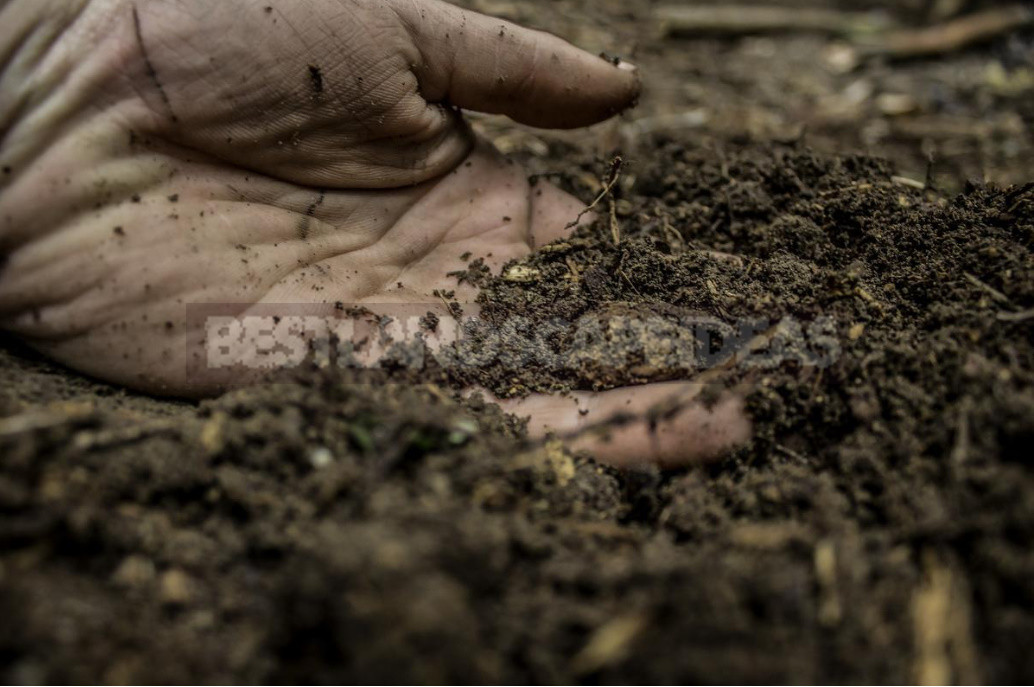
How to RUB it (preferably in a mortar), moisten, mash to a dough-like state, roll out of this dough a cord thick as a pencil and diagnose your soil:
- if the cord does not work — you have sand;
- it turns out, but immediately crumbles-sandy loam;
- it turns out, but immediately divided into 3-4 fragments-light loam;
- it turns out, but breaks when you try to bend it into a ring-medium loam;
- does not break when bent, but cracks-heavy loam;
- ring is obtained smooth-clay.
Carry out this analysis with samples from different areas of the site, as in most cases our soils are mosaics.
Conclude
What does this knowledge give you? Very much: guidelines for the selection of the range of plants-first, and planning planting and watering activities-secondly.
Sands and sandy loams are light soils. They quickly warm up, they can be planted earlier-these are advantages. But there are drawbacks: light soils are poor in organic compounds and are not able to retain salt and water, so the plants on them suffer more from lack of moisture.

Clays and heavy loams are heavy soils. They are cold, sticky when wet, hard when dry, easily evaporate water. Clay is rich in nutrients, but has poor physical properties: gas exchange is difficult, and salts easily accumulate.
On medium soils (light and medium loam) all processes are more or less balanced.
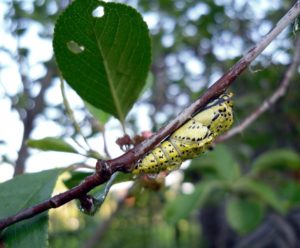
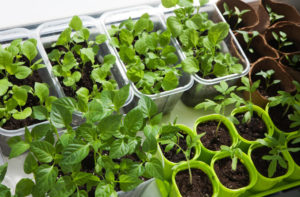
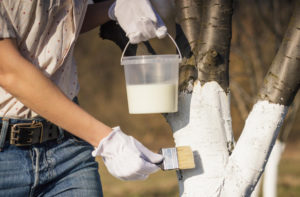

Leave a Reply